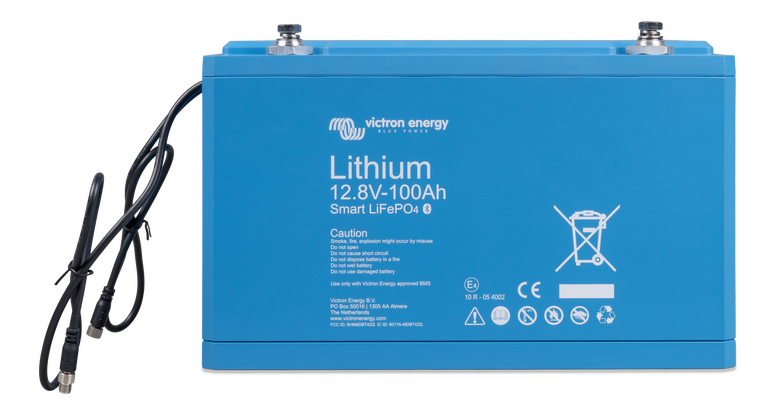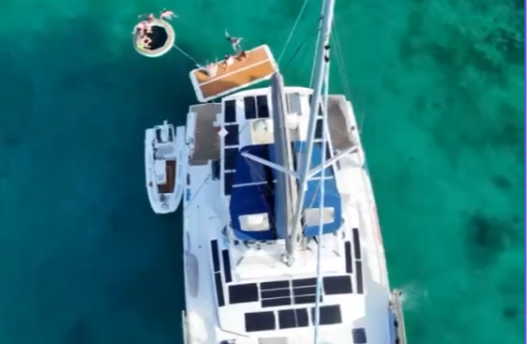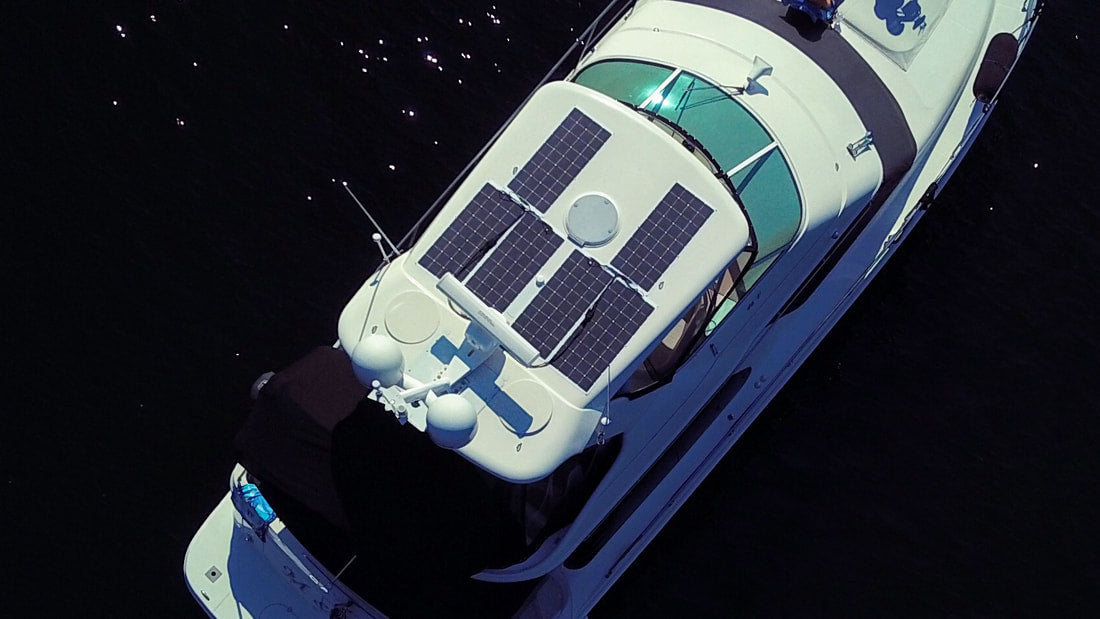




Solar System Design and Installation
We have put together a collection of helpful information for our customers on everything to help you design you perfect system and installation instructions.

Premium Marine Solar Panels/Systems and Lithium Iron Batteries
Improve your cruising experience with the highest efficiency solar panels available.
-
Shipping
Products ship day after payment domestically. International takes longer. We do not add tariff charges.
-
Custom Designs
Our engineers will work with you to design a solar system specific to your needs including Lithium Batteries if you like. (Batteries are 10% off w/ solar system purchase).
Popular Collections
What Our Customers Have To Say
-
Doug Heath - Santa Fe, NM
Customer Service and Product
Very pleased with the performance of the rigid solar panels purchased in 2022. Customer service also has been consistently excellent both before the sale regarding product selection and after the sale regarding installation and maintenance concerns.
-
William Roth - Kodiak, AK
Heavy Duty Panels For The Win
Installed 1200watts of panels on my 56' commercial fishing boat in Kodiak Alaska, with salt spray and harsh winters I hardly run my genset. Installation was a breeze with using silicone to mount them. Most the boats in my family fleet have them now and we are all saving big on the fuel bill! Couldn't be happier with the purchace. -
Hartwell C - Bellingham, WA
Easy Install - Great Performance
I worked with Tom last year to design a system for my sailboat; the dialog and information was very detailed and helpful in helping determine my system needs and completing the installation. Once ordering, the kit arrived in a timely manner and very complete. The install was very straightforward and Tom provided additional information as needed. After the install I took off on a 7 month cruise of British Columbia. The system worked perfectly during my trip. I’m very happy with the equipment and support from CMP and Tom. I highly recommend !








